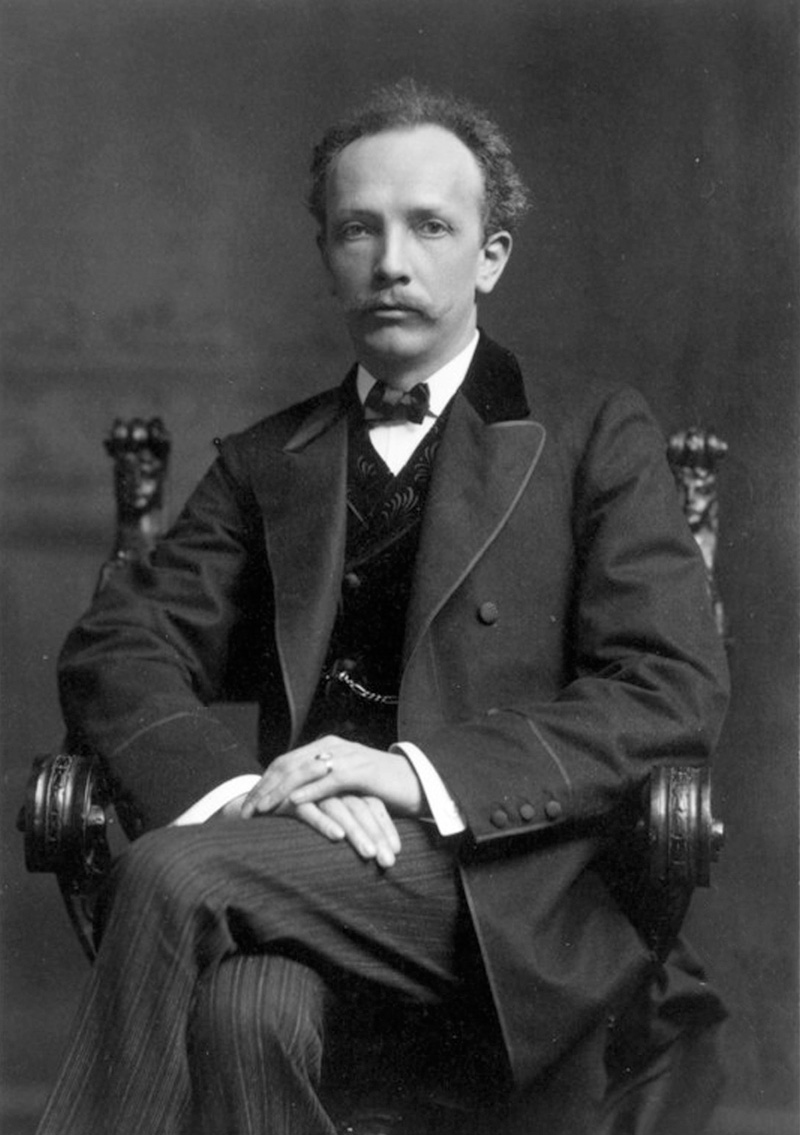Richard Strauss

Born: June 11, 1864, Munich
Died: September 8, 1949, Garmisch-Partenkirchen
Vier Letzte Lieder ("Four Last Songs")
- Composed: 1947–48
- Premiere: May 22, 1950 in London, Wilhelm Furtwängler conducting with Kirsten Flagstad, soprano
- CSO Notable Performances:
- First: November 1951 at Carnegie Hall, Thor Johnson conducting; Eileen Farrell soprano
- First CSO Subscription: February 1964, Max Rudolf conducting; Mary Costa, soprano
- Most Recent: January 2020, Louis Langrée conducting; Renée Fleming, soprano
- Instrumentation: soprano solo, 3 flutes (incl. 3 piccolos), piccolo, 2 oboes, English horn, 2 clarinets, bass clarinet, 3 bassoons (incl. contrabassoon), 4 horns, 3 trumpets, 3 trombones, tuba, timpani, harp, celeste, strings
- Duration: approx. 24 minutes
Strauss largely withdrew from public life after 1935 to his villa at Garmisch-Partenkirchen in the Bavarian Alps. He lived there throughout World War II, spared the physical ravages of the conflict but deeply wounded by the loss of many friends and by the bombing of Dresden, Munich and Vienna. In October 1945, under the threat of being called before the Denazification Board, he moved to Switzerland, where he lived for the next four years. He and his wife, Pauline, stayed in various hotels in Lugano and Pontresina (her shrewish tantrums and complaints led to frequent managerial requests for them to seek lodgings elsewhere) before settling into the Palace Hotel in Montreux. Strauss was cleared by the Board in June 1948, but he chose to stay in Switzerland for medical treatment that winter, returning to Garmisch in May 1949. Though he was increasingly feeble during his Swiss sojourn, his mind was clear, and he continued to compose—a Concerto for Oboe, the Duet Concertino for Clarinet, Bassoon and Strings, and the surpassingly beautiful Four Last Songs.
At the end of 1946, Strauss read Eichendorff’s poem Im Abendrot ("At Sunset"), in which an aged couple, having moved together through the world for a lifetime, look at the setting sun and ask, “Is that perhaps death?” The words matched precisely Strauss’ feelings of those years, and he determined to set the poem for soprano and orchestra. The first sketches for the song appeared early in 1947, and the piece was completed by May 1948. During that time, a friend sent Strauss a volume of poems by Hermann Hesse, and from that collection Strauss chose four verses to form a five-song cycle with the Eichendorff setting. The Hesse pieces were composed between July and September 1948, making them the final works Strauss completed. (He never finished the last of the Hesse songs.) He died quietly at his Garmisch home exactly one year later.
Strauss’ years in Switzerland were ones of reflective meditation—re-reading Goethe, composing a little, studying again the beloved score of Wagner’s Tristan—during which he put the finishing touches on what he called an “eighty-year, industrious, honorable and good German artistic life.” Each of the magnificent Four Last Songs treats metaphorically the approach of death—through images of rebirth in spring, autumn, rest and sunset—by returning one final time to the soprano voice, for which he had written so much glorious music throughout his career. In these moving creations, Strauss left what British musicologist Neville Cardus described as “the most consciously and most beautifully delivered ‘Abschied’ [‘farewell’] in all music.” As though bringing round full the cycle of his life’s work, Strauss quoted in the closing pages of Im Abendrot a theme from his tone poem Death and Transfiguration, written six decades earlier in 1889.
Of these Four Last Songs, whose character is warm and wise rather than bitter and fearful, Michael Kennedy wrote in his study of the composer, “The vocal line, floating, curving, soaring in an ecstasy of cantilena, is given a backcloth of Strauss’ most glowing, richly harmonized, detailed and evocative orchestration. Indeed, the voice becomes almost a solo instrument.... [There is] no suggestion of religious consolation, even in extremis. The beauty of the world and the beauty of the female voice were uppermost in his thoughts to the end. Has there ever been so conscious a farewell in music, or one so touchingly effective and artistically so good?”
—Dr. Richard E. Rodda